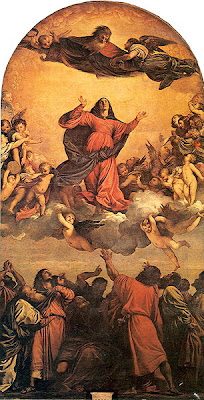
Kazimir Malevich, Suprematist Composition White on White. 1918,
"If one insists on judging an art work on the basis of the virtuosity of the objective representation, the verisimilitude of the illusion, and thinks he sees in the objective representation itself a symbol of the inducing emotion, he will never partake of the gladdening content of a work of art.
Our life is a theater piece, in which nonobjective feeling is portrayed by objective imagery. the Suprematist does not observe and does not touch - he feels." Kazimir Malevich

Challange vs. skill Mihaly Csikszentmihalyi
In his seminal work, 'Flow: The Psychology of Optimal Experience', Csíkszentmihályi outlines his theory that people are most happy when they are in a state of flow— a state of concentration or complete absorption with the activity at hand and the situation. The idea of flow is identical to the feeling of being in the zone or in the groove. The flow state is an optimal state of intrinsic motivation, where the person is fully immersed in what he or she is doing. This is a feeling everyone has at times, characterized by a feeling of great absorption, engagement, fulfillment, and skill—and during which temporal concerns (time, food, ego-self, etc.) are typically ignored.
Concentrating on the center of the Challange vs. Skill illustration I see white. We might say then that being in harmony with the "highs" and "lows" would be a white space. In his 1918 Suprematist Composition, White on White, Malevich attempted to eliminate all superfluous elements, including the color.

Additive color model
An additive color model involves light emitted directly from a source(It should be noted that additive color is a result of the way the eye detects color, and is not a property of light). Additive color systems start without light (black). Additive colors are often counterintuitive for people accustomed to the more everyday subtractive color system of pigments, dyes, inks and other substances which present color to the eye by reflection rather than emission.

Subtractive color model
Subtractive color systems start with light, white light. Oil painting is a substractive system, if we add the three primary colors we obtain black. White paint absorbs the primary colors and reflects white. Malevich eliminated color with color, using white he absorbed all the "feelings" and reflecting none.
So where are we today? Is our color reference a substractive or an additive system of preception? Do we see more images on the computer or in art galleries? And in the art gallery, are the images created by a subtractive or additive system? Digitally created images, which are very much "a la une", have a particular color system,(computer monitors and televisions use a system called optical mixing and cannot be considered additive light because the colors do not overlap. The red green and blue pixels are side-by-side. When a green color appears, only the green pixels light up. When a cyan color appears, both green and blue pixels light up. When white appears all the pixels light up. Because the pixels are so small and close together our eyes blend them together, having a similar effect as additive light), and are printed out using an additive system, or projected, as in video installations using computer monitors. In contemporary painting I see the artist using pigments, organic or inorganic, to create an illusion of the "modern reality" I'm not so sure we know where we are at today, it's a little too close to the situation to have a "clear" perspective, time will tell. One thing we could say is that to
completely "feel" we must find a "harmony" within these different systems.










 Cave painting Lascaux,France
Cave painting Lascaux,France






























 " Phallos" Exposition Gallery Valmay Paris 1984
" Phallos" Exposition Gallery Valmay Paris 1984


 Swiming pool mosaic with Emmanuelle Arson
Swiming pool mosaic with Emmanuelle Arson






 Woman sleeping Pionteki Kehrlein 1977
Woman sleeping Pionteki Kehrlein 1977
